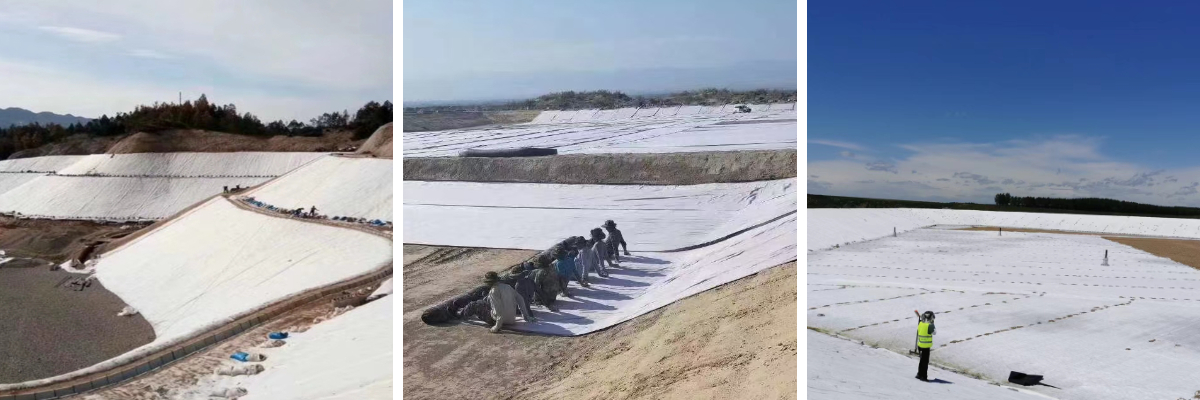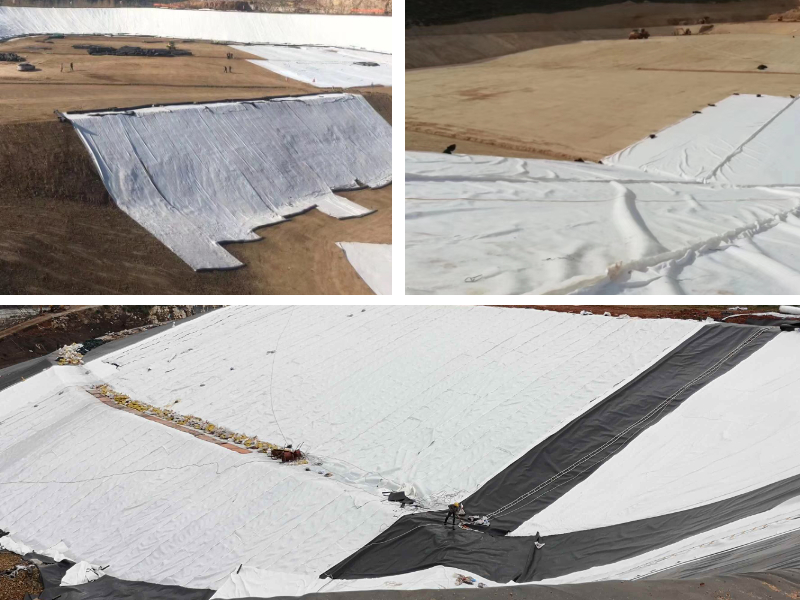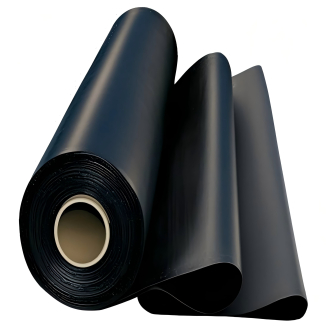Geotextile Cloth in Landscaping: Applications and Maintenance Tips
Geotextile material has emerge as a game-changer in modern-day landscaping, presenting long lasting options for soil management, erosion control, and infrastructure support. Made from artificial substances like polypropylene or polyester, this permeable cloth balances energy and flexibility, making it best for various out of doors projects. Whether you’re tackling a residential backyard revamp or a large-scale business landscaping project, grasp the functions and protection of geotextile fabric can bring up the toughness and success of your work. Below, we discover its key makes use of and quintessential maintenance tips.
Applications of Geotextile Cloth in Landscaping
1. Slope Protection: Preventing Erosion with Geotextile for Slope Protection
Slopes are inclined to erosion due to rain, wind, and foot traffic, which can destabilize soil and harm vegetation. Geotextile for slope safety acts as a reinforcing layer, keeping soil particles in vicinity whilst permitting water to drain. This prevents the formation of gullies and mudslides, specially on steep inclines.
When putting in geotextile for slope protection, lay the cloth horizontally throughout the slope, overlapping edges by means of 6–12 inches to create a non-stop barrier. Secure it with stakes or anchor pins to keep away from shifting. Pairing it with vegetation—such as grass or shrubs—enhances its effectiveness, as roots intertwine with the material to beef up the soil structure. This aggregate is extensively used in motorway embankments, outdoor hillsides, and park landscapes.
2. Stabilizing Muddy Roads with Geotextile Fabric for Muddy Roads
Muddy roads and pathways are a frequent nuisance in landscaping, inflicting accessibility problems and soil compaction. Geotextile material for muddy roads offers a steady base by way of keeping apart the soil from gravel or stone layers. It distributes weight evenly, stopping the gravel from sinking into the mud and lowering ruts.
For transient or everlasting muddy roads, pick a heavy-duty woven geotextile with excessive tensile strength. Lay the material over the muddy area, making sure it extends past the avenue edges by means of at least 1 foot. Cover it with a layer of beaten stone or gravel, then compact the surface. This setup no longer solely improves traction however additionally approves water to drain, maintaining the street dry and usable year-round. It’s a cost effective answer for development sites, rural properties, and park trails.
3. Soil Stabilization: Enhancing Ground Integrity with Geotextile Fabric for Soil Stabilization
Soil instability can break landscaping projects, from uneven lawns to collapsed flower beds. Geotextile material for soil stabilization addresses this by way of reinforcing susceptible or unfastened soil, enhancing its load-bearing capacity. It’s specifically beneficial in areas with clay-heavy soil or well-known moisture, the place compaction and moving are common.
In backyard beds, geotextile cloth separates the topsoil from subsoil, stopping mixing and preserving nutrient balance. For preserving partitions or raised planters, it strains the base to stabilize the shape and forestall soil leakage. When used below pavers or patio stones, it stops weeds from developing via and maintains the floor level. Non-woven geotextiles are perfect for soil stabilization due to their excessive permeability and capacity to conform to uneven terrain.
4. Weed Control and Mulch Support
Beyond structural roles, geotextile material excels at weed suppression. By blockading daylight whilst permitting water and air to attain plant roots, it reduces the want for herbicides. Lay the cloth over organized soil, reduce holes for plants, and cowl it with mulch, wooden chips, or gravel. This layer now not solely continues weeds at bay however additionally retains soil moisture and regulates temperature, benefiting plant growth.
Maintenance Tips for Geotextile Cloth
1. Regular Inspection and Cleaning
Even long lasting geotextile cloth requires periodic checks. Inspect for tears, punctures, or symptoms of wear, in particular in high-traffic areas or after extreme weather. Clear particles like leaves, branches, or dust that can also clog the fabric’s pores, blockading water drainage. Use a gentle brush or hose to gently easy the surface—avoid harsh chemical compounds or strain washers, which can harm the material.
2. Addressing Damage Promptly
Small tears can rapidly expand, compromising the fabric’s effectiveness. Repair minor injury with geotextile patches or adhesive tape designed for the material. For large holes, exchange the affected area entirely, making sure overlaps with surrounding material to keep continuity. Prompt repairs stop soil erosion, weed growth, or structural problems in areas like slopes or roads.
3. Monitoring Drainage Performance
Geotextile material depends on perfect drainage to function. If water swimming pools on the floor or soil turns into waterlogged, take a look at for clogs in the fabric. Over time, best soil particles or natural remember may additionally accumulate, decreasing permeability. In such cases, gently aerate the region or add a layer of gravel to restoration drainage. For slopes, make sure the fabric’s slope gradient permits water to float freely besides pooling.
4. Protecting Against UV Exposure
While many geotextiles are UV-resistant, extended daylight can degrade the fabric over time. To lengthen its lifespan, cowl uncovered cloth with mulch, gravel, or vegetation. In areas the place masking isn’t possible—such as brief roads—choose UV-stabilized geotextile mainly designed for long-term outside use.
Conclusion
Geotextile fabric is a versatile device in landscaping, presenting options for slope protection, muddy street stabilization, soil integrity, and weed control. By leveraging geotextile for slope protection, geotextile material for muddy roads, and geotextile material for soil stabilization, you can create durable, low-maintenance outside spaces. Remember to prioritize desirable set up and ordinary maintenance—inspecting for damage, cleansing debris, and monitoring drainage—to maximize the fabric’s lifespan. With these strategies, geotextile material will proceed to guide healthy, resilient landscapes for years to come.
Contact Us
Company Name: Shandong Chuangwei New Materials Co., LTD
Contact Person :Jaden Sylvan
Contact Number :+86 19305485668
WhatsApp:+86 19305485668
Enterprise Email: cggeosynthetics@gmail.com
Enterprise Address: Entrepreneurship Park, Dayue District, Tai 'an City,
Shandong Province









